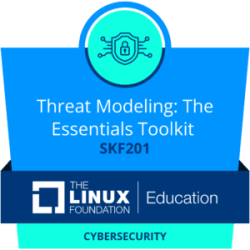Images
In this course, you will learn what Git is and how to install it. You will see how to initialize a repository, make changes in it, make it available to others, and acquire and use the changes made by other individuals. The course will teach you how to find errors in your and others’ work, and how to go back to a working copy to quickly identify the change that produced the error. You will also become familiar with some essential Git procedures, such as cloning, branching, making commits, getting diffs, doing merges, and rebasing. The course will touch on complicated workflows so you understand how to approach them when problems arise.
This course is designed for computer users who have limited or no experience working in a collaborative development environment; and/or for those who already have done some work on Linux and other open source projects and are looking to gain a good grasp of how to use Git.
Similar resources
The key to a successful open technology project is to ensure a neutral playing field for all developers, technologists, and companies to collectively contribute to project evolution and growth. The Linux Foundation was built on the idea of the democratization of code and scaling adoption, for all projects equally. Expert legal and governance support programs ensure everyone is on the same playing field.


Introduction to JavaScript Security (LFS184)

Security for Software Development Managers (LFD125)

Cloud Cost Monitoring for FinOps with OpenCost (LFS248)

Conversational AI: Ensuring Compliance and Mitigating Risks (LFS120)

WebAssembly Components: From Cloud to Edge (LFD134)













